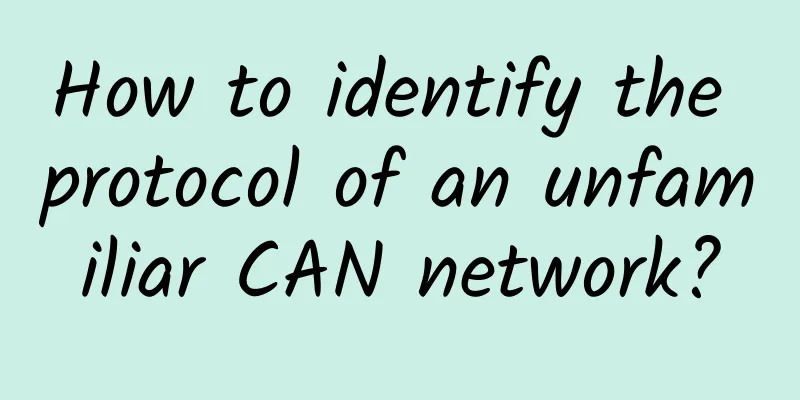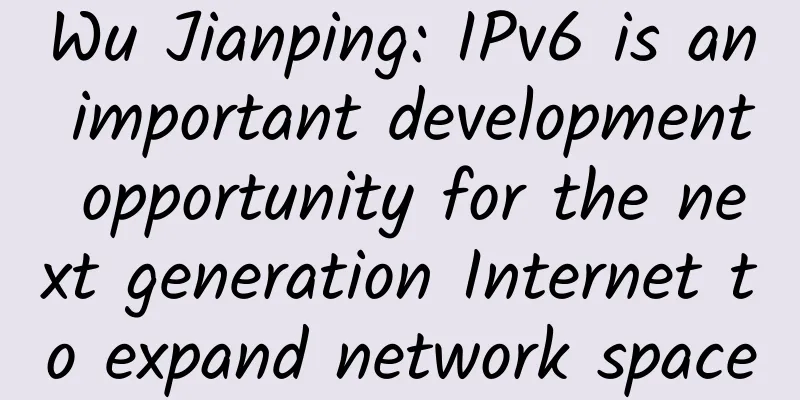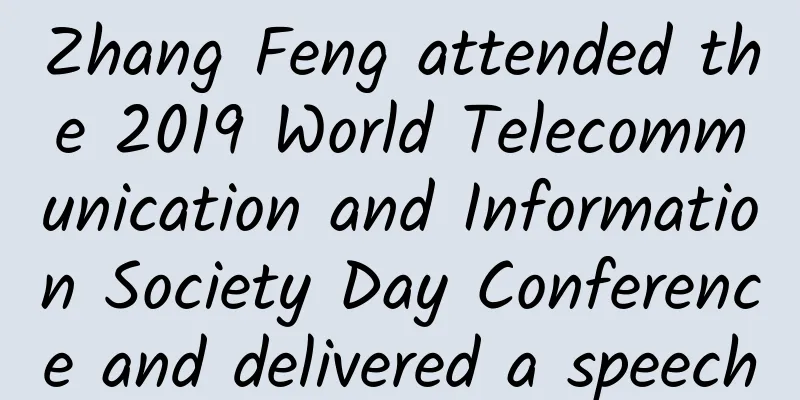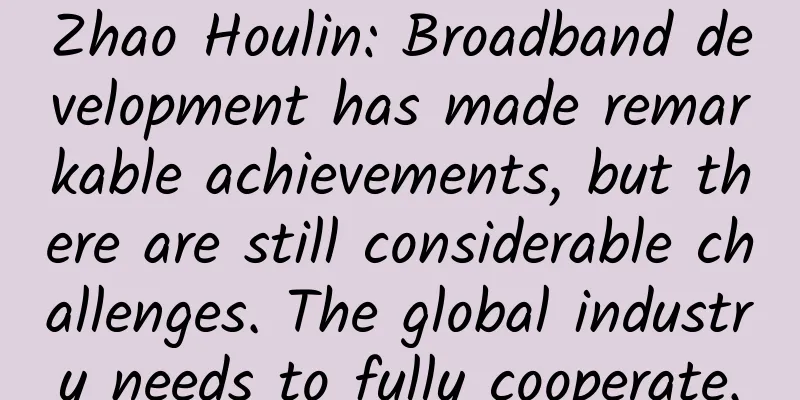Will 5G replace NB-IoT immediately after commercialization? Not really!
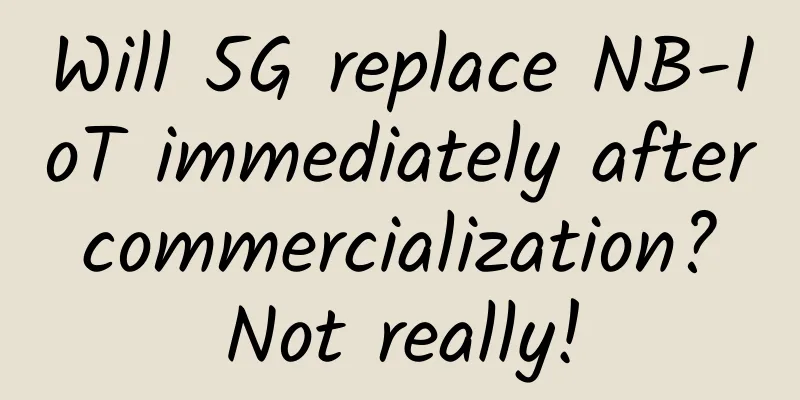
|
From May 21 to May 25, the international telecommunications standardization organization 3GPP held a meeting in Busan, South Korea to discuss the 5G standalone deployment (SA) standard, which attracted widespread attention in the industry. This is a milestone moment. It is expected that the 5G standalone deployment standard will be released in June this year. However, the 5G standard that is about to be frozen is mainly aimed at enhanced mobile broadband communications between people, and does not involve low-power large-connection IoT scenarios. Recently, GSMA released a report "Mobile Internet of Things in the 5G Future", pointing out that the mobile Internet of Things (M-IoT) represented by NB-IoT/eMTC is an integral part of the future 5G IoT strategy, clarifying the relationship between the commercialized NB-IoT/eMTC and the future 5G. In the next few years, low-power large connections based on cellular networks will still mainly rely on NB-IoT and eMTC.
The 5G standard plan that meets the ITU's low-power and large-connection requirements has not yet been determined As we all know, 5G mainly covers three scenarios: enhanced mobile broadband (eMBB), ultra-reliable ultra-low latency (uRLLC), and massive machine type communications (mMTC). Among them, uRLLC and mMTC are application requirements for the Internet of Things, while mMTC is designed for future scenarios with massive low power consumption, low bandwidth, low cost, and low latency requirements. However, judging from the current progress of 5G standards, the mMTC standard is one of the most controversial areas. According to the previous 5G standard plan, the standard for independent networking will be completed in June 2018. The recent 3GPP meeting in Busan, South Korea, which has attracted much attention, was held for this plan; by the end of 2019, the R16 version will be released, and the 5G standard that meets all the requirements of the International Telecommunication Union (ITU) will be completed, but at present, this plan may be delayed, and the controversy lies in the standard for massive machine communication. Source: IMT2020 Promotion Group However, at the 79th 3GPP Radio Access Network Plenary Meeting held in Chennai, India from March 19 to 22 this year, the proposal for R16 made it clear that the use cases of low-power wide-area IoT will not be studied and standardized in the R16 version of 5G new air interface, and low-power wide-area IoT use cases will continue to rely on the evolution of NB-IoT and eMTC. In other words, the standardization of low-power large-connection scenarios in strict accordance with the ITU vision and requirements will not be completed in the R16 version at the end of 2019. The standard plan for this scenario has not yet been finalized, so the time for the release of the complete 5G standard has not yet been determined. Incorporating NB-IoT and eMTC into the 5G IoT family Since the scenario standardization plan for mMTC has not been determined in R16, there must be relevant technologies to support the low-power and large-connection IoT demand that has already emerged. NB-IoT and eMTC, which are cellular communication standards led by 3GPP and have certain commercial verifications, and their future evolution have been absorbed into the 5G IoT family. The revolutionary nature of 5G lies not only in the fact that it covers more application scenarios and more complex technologies, but also in its greater inclusiveness. Therefore, one of the core features of 5G is its ability to support and be compatible with multiple access technologies, such as satellite, WiFi, fixed networks and other 3GPP technologies to achieve interoperability and serve a large number of different use cases. This also creates conditions for NB-IoT and eMTC, which are also 3GPP technical standards, to become components of 5G. Of course, the inclusion of NB-IoT and eMTC in the 5G IoT family is not a unilateral decision of 3GPP. 3GPP has conducted multiple evaluations based on the requirements of the International Telecommunication Union. Generally speaking, the International Telecommunication Union (ITU) proposes the vision and requirements for 5G, and 3GPP organizes major global manufacturers to promote the work of standards and specifications to meet the KPIs proposed by the ITU, and finally the ITU adopts them as international standards. In the past period of time, 3GPP proposed to the ITU that NB-IoT and eMTC meet the ITU's requirements for 5G IoT, conducted a lot of evaluation research, and proposed at the 79th plenary meeting that low-power wide-area IoT use cases will continue to rely on the evolution of NB-IoT and eMTC. NB-IoT/eMTC meets 5G IoT requirements assessment (Source: 3GPP) At the 3GPP meeting held in Athens, Greece, relevant companies submitted a demand assessment report on NB-IoT and eMTC to meet the 5G mMTC connection density. The conclusion of the relevant report shows that NB-IoT and eMTC meet the 5G mMTC connection density requirements proposed by the ITU, which lays the foundation for NB-IoT and eMTC to be included in the 5G Internet of Things family. The two assessment reports are shown in the figure above. In March this year, 20 well-known manufacturers including Sierra Wireless, Ericsson, and Altair jointly released an evaluation report on whether LTE-M (eMTC) meets 5G requirements. The report evaluated multiple aspects including unit capacity bandwidth requirements, data rate, message latency, and battery life. The results showed that the performance of eMTC fully meets the requirements of the 5G Internet of Things proposed by the ITU. Evaluation results of 20 companies on eMTC meeting 5G requirements (Source: Sierra Wireless) In addition to low-power and large-connection scenarios, many other components of 5G will be standardized and commercialized more quickly, so NB-IoT and eMTC need to coexist with other 5G technologies for a long time. One of the things 3GPP has done is to support the deployment of NB-IoT and eMTC in the 5G NR band. In addition, in order to achieve support for NB-IoT and eMTC on the 5G system side, 3GPP began to investigate the wireless access network of 5G core network that supports NB-IoT and eMTC in its report in April this year. This will ensure that operators can smoothly upgrade to 5G NR while retaining NB-IoT and eMTC network deployment. This report studies 5G system support for NB-IoT/eMTC (Source: 3GPP) After a lot of evaluation and efforts in standardization, NB-IoT, eMTC and their evolution have become components of the 5G Internet of Things. In the next long period of time, low-power wide-area IoT applications based on cellular networks will mainly rely on NB-IoT and eMTC to carry them until the 5G mMTC standard is frozen and commercialized on a large scale in the future. Enthusiasm and rationality: The development of 5G IoT still requires large-scale demand Public opinion is enthusiastic about 5G, and the freezing of 5G national standards this year also provides conditions for rapid commercialization. However, trial commercialization can be driven by standards and technologies, but large-scale commercialization ultimately needs to be driven by large-scale demand. Similarly, the order of 5G standardization to support the three major scenarios is also driven to a large extent by demand. 1. Enhanced mobile broadband has a large-scale commercial basis, but the development speed is still not too fast The non-independent networking standards that were frozen in December last year and the independent networking standards that are about to be completed are mainly facing scenarios such as enhanced mobile broadband (eMBB). The early completion of this part of the standards is largely because the demand for enhanced mobile broadband is more obvious than that for low-latency, high-reliability, and low-power, large connections, and it is possible to scale up earlier. In the past few years, the commercial use of 4G networks has brought about large-scale demand and users for mobile broadband (MBB), achieved explosive growth in traffic, and promoted the prosperity of all links in the industry chain, such as chips and terminals. Based on the long-term accumulation of MBB and the user's demand for large bandwidth, eMBB has further upgraded the bandwidth and rate to achieve a better user experience and meet the needs of applications such as ultra-high-definition video, AR/VR, etc. From this perspective, the eMBB scenario has both the original accumulated foundation and new demands, so it is very meaningful to promote rapid standardization and commercialization. China's 5G connection forecast (Source: GSMA & China Academy of Information and Communications Technology) However, even in this scenario with a commercial basis, 5G eMBB is not expected to achieve explosive growth. GSMA experts once pointed out: "Although 5G is popular, 4G is still expected to have the largest growth range by 2025." The "China 5G Report" jointly released by GSMA and China Academy of Information and Communications Technology also shows that the deployment speed and popularization process of 5G are expected to be slower than 4G. In the early stage, 5G networks will be deployed mainly as hot spot technologies to supplement the capacity of existing networks. Operators have stated that they will deploy networks based on demand. 2. First, prepare for the IoT needs of NB-IoT/eMTC to achieve low power consumption and large connections Since 4G mobile broadband has been accumulated and verified for many years, and the development of enhanced mobile broadband in the 5G era is still expected to be slower than that of 4G, the demand for emerging low-power and large-connection IoT has not been accumulated for large-scale commercial use in the past few years, and future demand is still based on various forecast data, so the work of standardization and commercial promotion is not so urgent. In my opinion, this factor is an important reason why 3GPP postponed the standardization of mMTC in R16 and incorporated the existing NB-IoT/eMTC standards into the 5G IoT. From the market situation, it has been two years since the NB-IoT/eMTC standard was frozen in 2016. We have not seen explosive growth in IoT applications using this technology, and the low-power large-connection scenario has not achieved the accumulation of large-scale demand. Imagine that when the IoT scenarios faced by NB-IoT/eMTC have not yet formed a large-scale scenario, will the upgraded version of NB-IoT/eMTC 5G mMTC have a large-scale scenario? When in actual commercial use, NB-IoT/eMTC only achieves an average of hundreds of terminals per base station, which is far from its capacity of tens of thousands of terminals, what is the significance of the 5G mMTC standard that achieves a large capacity of 1 million terminals per square kilometer? From the perspective of the maturity of the industry chain, in the future, 5G mMTC needs to use new technologies such as new multiple access to achieve the goal of low-power large connections, which will inevitably put forward new requirements for the industry chain. Chips, modules, base stations, terminals and other links need to be upgraded, and the initial cost may remain high; while NB-IoT/eMTC can reuse various resources of the LTE industry chain, and the cost is relatively lower. Therefore, in order to meet the low-cost needs of the Internet of Things, it is more desirable to adopt a gradual approach, first using NB-IoT/eMTC to promote the maturity of the industry chain and reduce costs, and then gradually and smoothly transition to 5G mMTC through the evolution of NB-IoT/eMTC. As the development of 5G standards accelerates, there is a frenzy of enthusiasm for 5G, and there are some misleading remarks, a typical example of which is "5G will be commercialized in 2020, and 5G will immediately replace NB-IoT after commercialization, and the current investment in NB-IoT will be wasted." Even some so-called "experts" have made similar remarks in public. Judging from the efforts made by the 3GPP standardization organization and the ITU, even if 5G is commercialized in 2019-2020, NB-IoT/eMTC will be the main communication method of cellular Internet of Things in the next few years. NB-IoT/eMTC has become an integral part of the 5G Internet of Things. This market has just opened up, and we look forward to more rational voices from the industry. |
>>: The pain of 5G indoor distribution! One million devices face replacement and transformation
Recommend
Learn about three of the four types of switch messages in one minute: broadcast, multicast, and unknown unicast
With the development of the Internet, various app...
[11.11]80VPS: 50% off all VPS, special VPS annual payment starting from 199 yuan, multiple data centers in Hong Kong/US/Japan/Korea, etc.
80VPS also launched a promotion during the Double...
Why can a TCP connection only have "3-way handshake" and not 2 or 4?
We know that the communication modes between clie...
Six great ways to improve your web page loading time
【51CTO.com Quick Translation】 Aberdeen Group once...
Three major factors affecting CDN acceleration
With the trend of digital transformation, enterpr...
Quick Engine Acceleration - Sub-second Analysis of Billions of Data
As the digitalization process deepens, the value ...
Vinton Cerf, the 'Father of the Internet', Infected with Coronavirus
[[320474]] According to the latest news from fore...
Reject poor digital experience! Riverbed creates agile and visual management solutions
According to an IDC report, by 2018, 67% of the w...
The scale is close to 40 trillion yuan, opportunities and challenges for the development of my country's digital economy
[[424098]] In recent years, with the advent of a ...
Flash is dead, and its first victim appears: the router can no longer log in
Flash was once the memory of a generation, but it...
What is the difference between Industrial IoT and Consumer IoT?
Much has been written about the consumer Internet...
How to explain network engineering technologies such as STP, HSRP, etc. in a simple and understandable way?
During an interview, for example, I was asked abo...
New wireless broadband technologies in the 5G era
After the arrival of the 5G era, wireless broadba...
To ensure the healthy development of 5G, we must start with the standardization of business data release
On the eve of the Spring Festival, the Ministry o...
The Complete Guide to WiFi Penetrating Walls
[[250378]] 1. WiFi Penetration Through Walls: Que...
